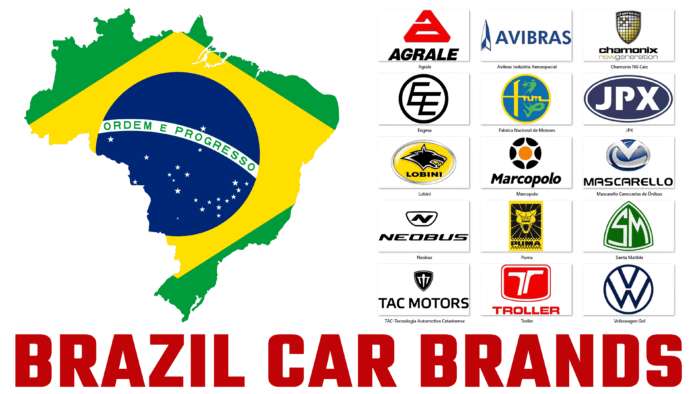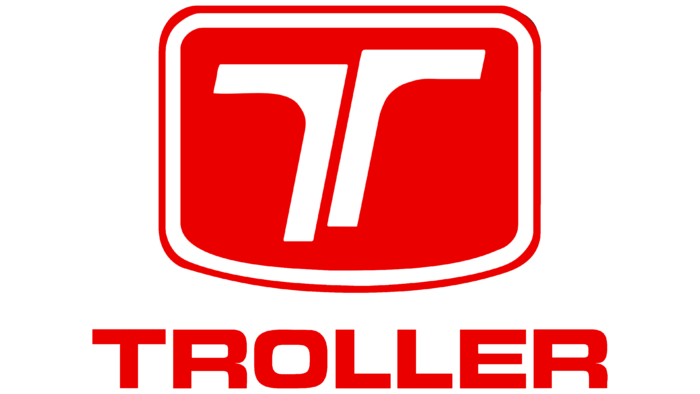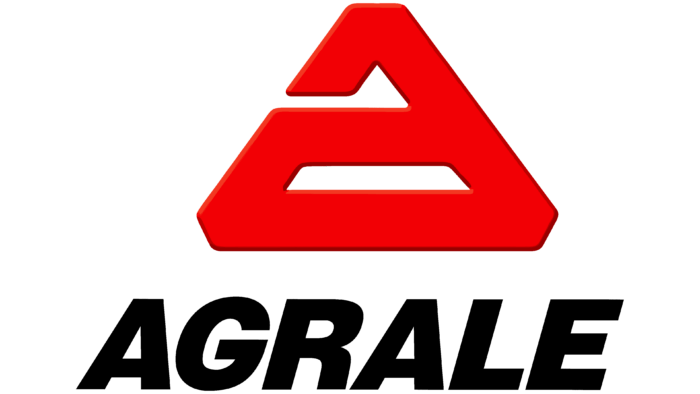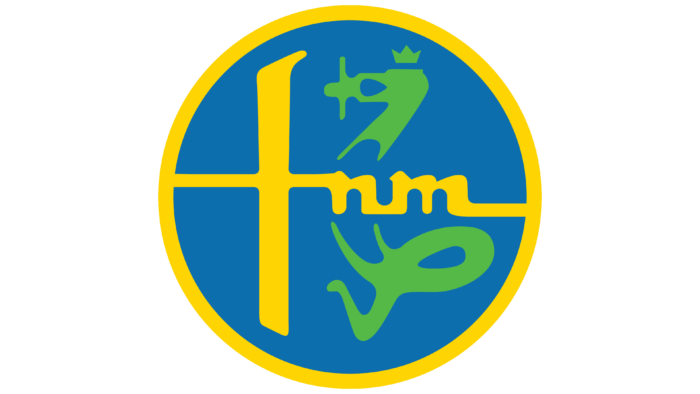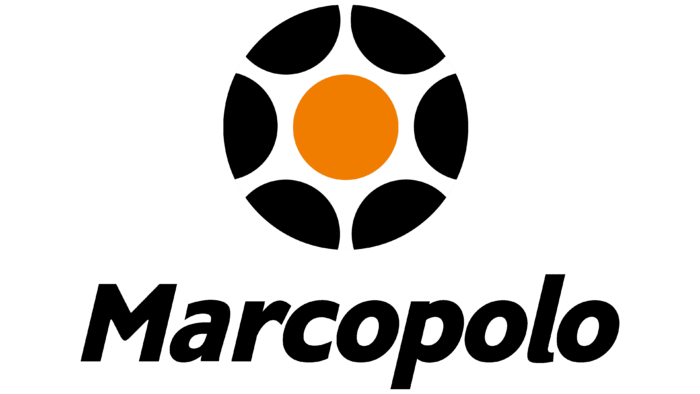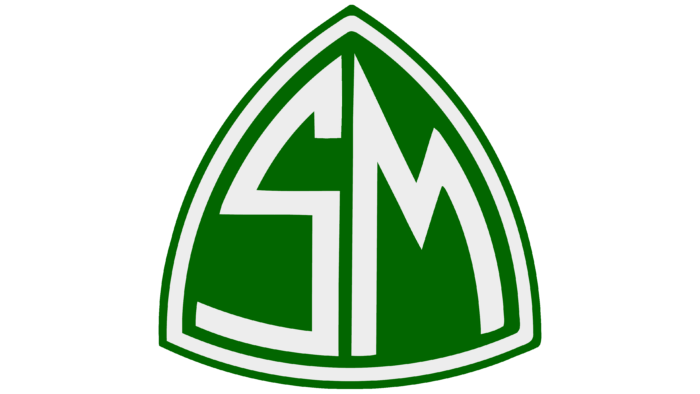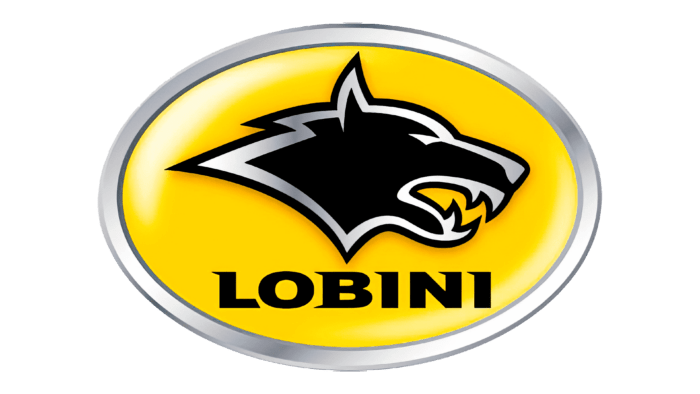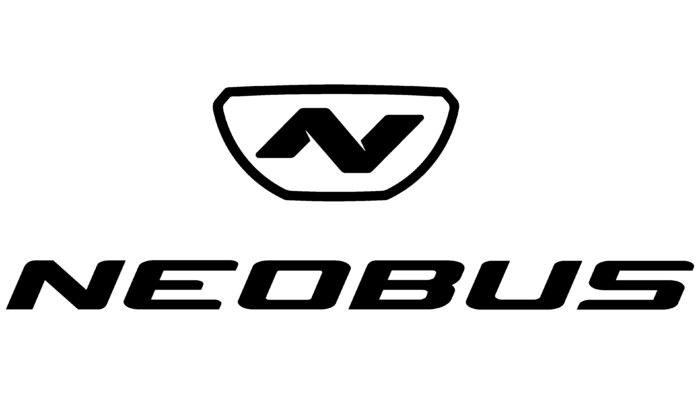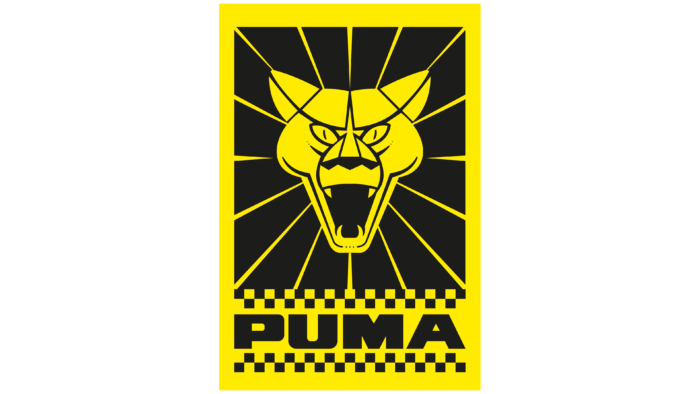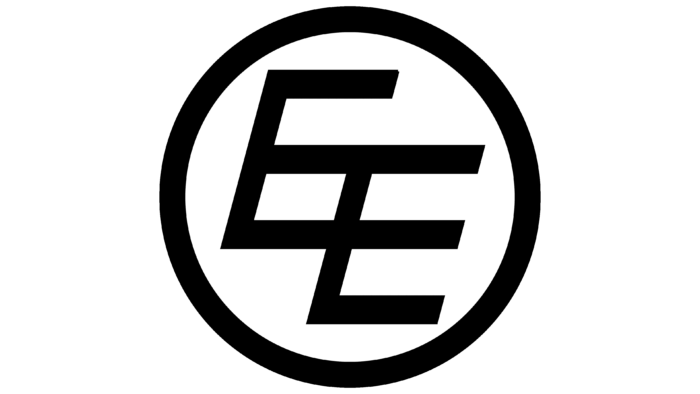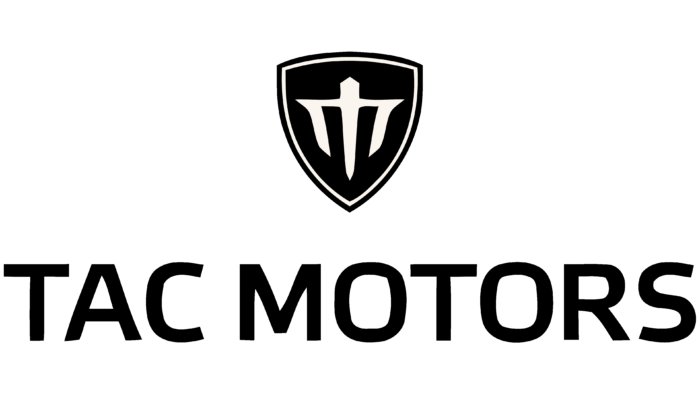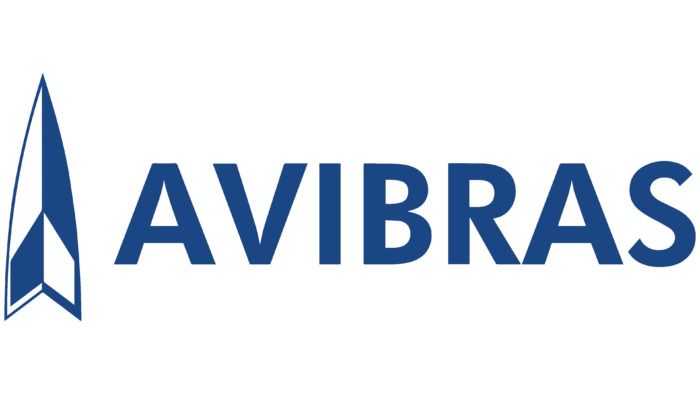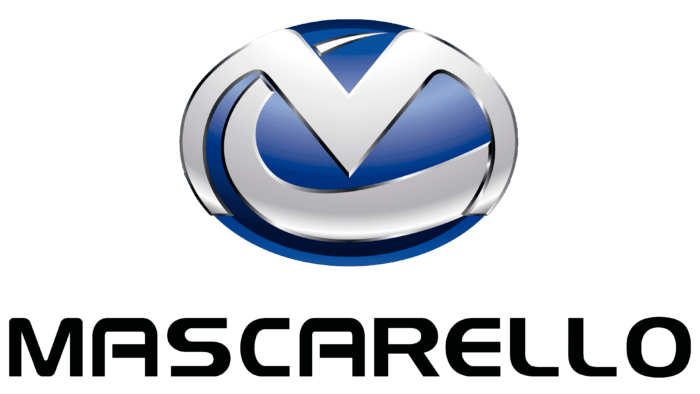The Brazilian automotive industry is represented mainly by regional companies and sub-brands of international companies. Let’s take a closer look at their history and features of visual identification.
Troller
The Brazilian company Troller was founded in 1995 in the city of Horizonte (state of Ceará). It specializes mainly in crossovers. Also, in the assortment lineup, there are some pickup trucks characterized by increased cross-country ability. From the moment of the company’s registration to the present day, its product line has four models of cars in operation today.
The basis of the company logo is a red square with rounded corners. Inside it is the letter “T,” for which a white font has been chosen. At the same time, the letter itself is divided into two symmetrical parts, which are located vertically in a mirror position relative to each other.
All capital letters of red color are used for the verbal sign that conveys the full name of the company. The Latin font looks confident and convincing.
In general, the contrast created by the combination of red and white colors gives the logo brightness and visual appeal.
Volkswagen Gol
The Brazilian car Volkswagen Gol, developed by Volkswagen specialists, has been produced since 1980. The uniqueness of this car can be called the fact that it was created specifically for the Brazilian market and South America.
The car immediately became popular due to several of its advantages. First, it was compact and maneuverable. Secondly, the basic equipment quite satisfied users, as it was quite comfortable. As a badge, all the same Volkswagen logo was used – in the actual format at that time. The recognizable concept, where the letters “V” and “W” are located one above the other, enclosed in a round frame, reminds us of this car brand belonging to the giant of the industry to which it belongs.
Agrale
The South Brazilian company Agrale has quite an impressive history since it entered the market in 1962. Later on, the company was able to expand its product range, as it was initially focused on the production of agricultural machinery. Simply put, these were tractors.
Later, the company’s model range was supplemented with trucks and buses. Even motorcycles appeared in the range.
At the heart of the company’s current logo is a red triangle. It is a well-stylized letter “A,” which looks like a stylish visual element and, at the same time, convincingly reminds me of the company’s name. Despite the fact that there is a lot of red color in the logo, the empty areas inside the letter create the necessary balance and visually “lighten” the emblem.
Below the triangle is the company name, depicted in slanted black capital letters. Such font formats are quite common among car manufacturers, as they remind the owner of the dynamics that can give the owner a good car.
Fabrica Nacional de Motores
Today, the company no longer exists, but the history of Fabrica Nacional de Motores was quite long and convincing. The company’s range was quite extensive, as it was not only focused on passenger cars. In addition to medium and compact cars, the range included many other things – even aircraft engines.
Until 1973, the company belonged to another large company – the Italian manufacturer Alfa Romeo. It was originally intended that these were the cars that would be produced.
Fabrica Nacional de Motores received its emblem from Alfa Romeo, so the similarity of visual identification of the brands is not accidental.
The emblem is a blue circle within a wide red frame. On either side are yellow frames that are smaller in thickness. Inside, the company name is written in small letters in a unique red font that crosses the emblem horizontally and merges with the red frame in two places. This element breaks the green serpent into two parts, the motifs of which are borrowed from the Alfa Romeo logo. It is in these motifs that the identities of the companies intersect. In the general concept, the logos are similar.
The logo looks powerful; it visually appeals to tradition and is capacious in meaning. It’s a pity that the company itself didn’t last in the market until today.
Marcopolo
The history of Marcopolo is quite solid; it was founded in 1949 in the south of Brazil. The company still operates today, being the largest manufacturer of buses and trolleybuses in the country.
The emblem of the company immediately evokes optimistic emotions due to the successful design. The emblem is decorated with a floral ornament. Inside, there is an orange circle, and around its perimeter – there are black semicircles. And all this is also inside the round emblem.
Underneath this brightly colored circular element is a word mark with the name of the company. Black italic font is used.
In general, the logo looks very expressive and recognizable. It means that visual identity specialists have achieved their goals.
Santa Matilde
Brazilian engineering company Santa Matilde in 1977-1978 produced the famous car of the same name. The developers did a good job, as the whole design and engine are unique. But the engine is borrowed from a Chevrolet automobile.
The emblem of the brand resembles an arrowhead in shape, as it has a triangular shape and a curved bottom part. Previously, the letters “S” and “M” were located inside it, for which a special stylized font was used, making their tops bend upward so that the capital letters of the brand name looked quite organically in the general concept of the logo.
The combination of blue and gray colors in the emblem looks calm and confident. Thanks to this, the logo conveys the idea of stability and reliability, which is important for a company in this industry.
JPX
JPX is no longer in operation today. It existed on the market from 1992 to 2002. Despite the relatively short period of operation, the company produced a unique model of car, JPX Montez. The SUV is known for the fact that it had several modifications. The world saw even the army version of such a car. Therefore, the company’s customers had a lot of opportunities to choose a car according to their needs.
In the logo of this brand, as in the previous case, you can see a successful combination of gray and blue colors. The shape of the logo is an oval arranged horizontally. Inside it, there is an abbreviation of the company name, made in gray letters on a blue background. Despite the fact that a rather simple sans-serif font is chosen, the large letters look confident and convincing.
Lobini
Lobini was founded as an automobile company in 1999. Unfortunately, during its existence, the company failed to make a significant impact on its market segment. Nevertheless, the company is remembered for one car model. It was the H1 car, a powerful sports car that was assembled from parts of other brands.
This car was produced in small quantities. The emblem of the car looks quite pretentious. Inside the horizontally arranged oval in a silver border with a gradient and reflection is the head of a grinning wolf. The color chosen for it is black, and the outline is also outlined in silver. Below the image of the wolf is the company name. Black font is used for it. A unique element is the traces left by the tips of the letters – as if they are moving and freeze in slow motion. It is about a racing car, so the logo is logical and justified. However, for other transportation, it could be evocative.
Neobus
Neobus automaker was registered in 1996. Already from the name, it is clear that the main specialization of the company is the production of buses. However, the company does not have large-scale developments, which does not prevent it from working effectively in its industry. Most of the automobile part of the Neobus model range is based on other automobile brands – for example, the world-famous Mercedes brand and the local Brazilian company Agrale.
In terms of its legal form, the company is not an independent enterprise, as it is owned by another company – the already mentioned Marcopolo.
Neobus does not have any separate emblem. Usually, the company name written in capitalized blue elongated letters is used as a word mark. Sometimes, the color is changed. An emblem can also be used, where the capital letter of the company name is in a frame of a rather interesting shape. In general, the designers did not care too much about the logo.
Puma
Puma’s path in the market is very interesting. It was originally founded in 1963. However, in 2007, there was a change in the life of the company, and it was moved to South Africa. Despite such a radical change of location, the concept of the company remained the same. The basis of its model range is small cars with high performance. There are also light trucks, but this is not the main range of the company’s products.
The rectangular black emblem shows a yellow head of a puma. From her, in different directions are rays. At the bottom, you can see the brand name written in a straight black font.
The way the puma is depicted deserves special attention. The screaming expression of the “face” conveys the confidence and great ambition of the company. Considering that it has already adapted to a new place, such a bid for good potential is justified.
Engesa
The company has been in its market segment for 30 years. Namely, Engesa worked from 1963 to 1993. The nomenclature of vehicles of this company was large-scale, but the company’s main emphasis was on military equipment. In general, the range of products of the company was impressive, as it produced even tanks. They were used by the military inside the country, and such equipment was exported.
Inside the round emblem with a black outline are two large letters “E.” Their location is quite interesting as they merge. Below this part of the emblem is the name of the company. Black letters are also chosen for it. Despite the fact that the logo uses only black color, it does not look primitive or simplistic. The successful visual trick of duplicating the capital letter makes this logo recognizable.
Chamonix NG Cars
Chamonix NG Cars was founded in 1981. The company is headquartered in São Paulo. The letters “NG” in the name stand for “new generation,” which conveys the company’s commitment to reflecting manufacturing innovation in its work. The founder of the company is Milton Masteguin, formerly of Puma. His partner, in this case, was Chuck Beck.
The basis of the assortment was replicas of Porsche cars. For their manufacture, Volkswagen technologies were used. In 1982, replicas of the Spyder 550 began to be produced. It was a chic car with an open body, which had quite a lot of adherents. 1985 was marked by the release of the Super 90 convertible, which copied one of the famous Porsche models.
The company’s logo is quite complex in visual and semantic terms, as it consists of many elements. It is made in the form of a shield with a silver outline. The space inside is divided into cells. It is distributed diagonally into two zones. One of them is silver, the other is gold. In five black cells on a silver background, there are golden elements. Distantly, this combination evokes associations with the canvas for the game of naval combat. In the upper part of the logo, there is a black stripe containing the name of the company.
The complexity and recognizability of the logo, in this case, works as a plus, increasing brand recognition.
TAC-Technologia Automotive Catarinense
TAC-Technologia Automotiva Catarinense, an automotive corporation, was founded in Joinville in 2004. However, the factory started operating a little late, as it was under construction for four years. After that, the TAC Stark automobile came into being. This event was made possible thanks to the collaboration with Datasul from Portugal. In 2015, the plant was acquired by the Chinese company Zotye.
The emblem in the form of a shield is well suited for the brand of the SUV. It depicts something vaguely resembling a sword with elongated parts of the hilt. And if you look literally – it is just a trident, located with sharp parts downward.
You can see variants where the emblem combines black and white colors. And on the car, the emblem is made in metallic color, which makes it look even more spectacular.
VLEGA Gaucho
This is the name of the vehicle of joint Argentine-Brazilian development designed for use in the armed forces. It is used for rapid cargo delivery, as well as in special operations.
The vehicle can withstand a load of up to 600 kg. Success in operation is facilitated by a powerful wheelbase and well-thought-out design. About 60 requirements were taken into account during the design phase of the vehicle development so that, in the end, this vehicle can fulfill the tasks assigned to it. And although this vehicle has no logo, that doesn’t make it any less recognizable.
Avibras Industria Aeroespacial
The Brazilian company Avibras Indústria Aeroespacial can hardly be called an automaker in the traditional sense of the word. The company’s product portfolio is defense-oriented and ranges from specialized electronics to missiles.
The company is also known for its armored vehicles. For example, these are AV VBL 4×4 armored personnel carriers, which are actively used by the Malaysian army. At the same time, they are successfully exported. Another Brazilian armored personnel carrier is the Guara 4×4 model.
The company’s logo is quite understandable and predictable in relation to its field of activity. It is logical that a company working in the defense industry uses recognizable symbols in its logo indicating such affiliation. The upward-flying cartridge in blue and white, divided into four sectors, is eye-catching and convincing.
Mascarello Carrocerias de Enibus
Brazilian company Mascarello Carrocerias de Ônibus manufactures buses. It is based in Cascavel in the state of Paraná. It is part of a powerful group of agro-industries and has been successful in the Brazilian segment of the automotive industry. The scale of the company is large – thousands of buses are produced.
On the emblem of the company, you can see a stylized letter “M” inside a horizontal blue oval. It is depicted using a metallic shade. Under it is a horizontal arc of the same color. And the blue background with a gradient looks very stylish. The edges of the letter repeat the contours of the oval, which creates a visual illusion of its volume. Such a logo is effective and stylish. It represents the company well and is memorable.
